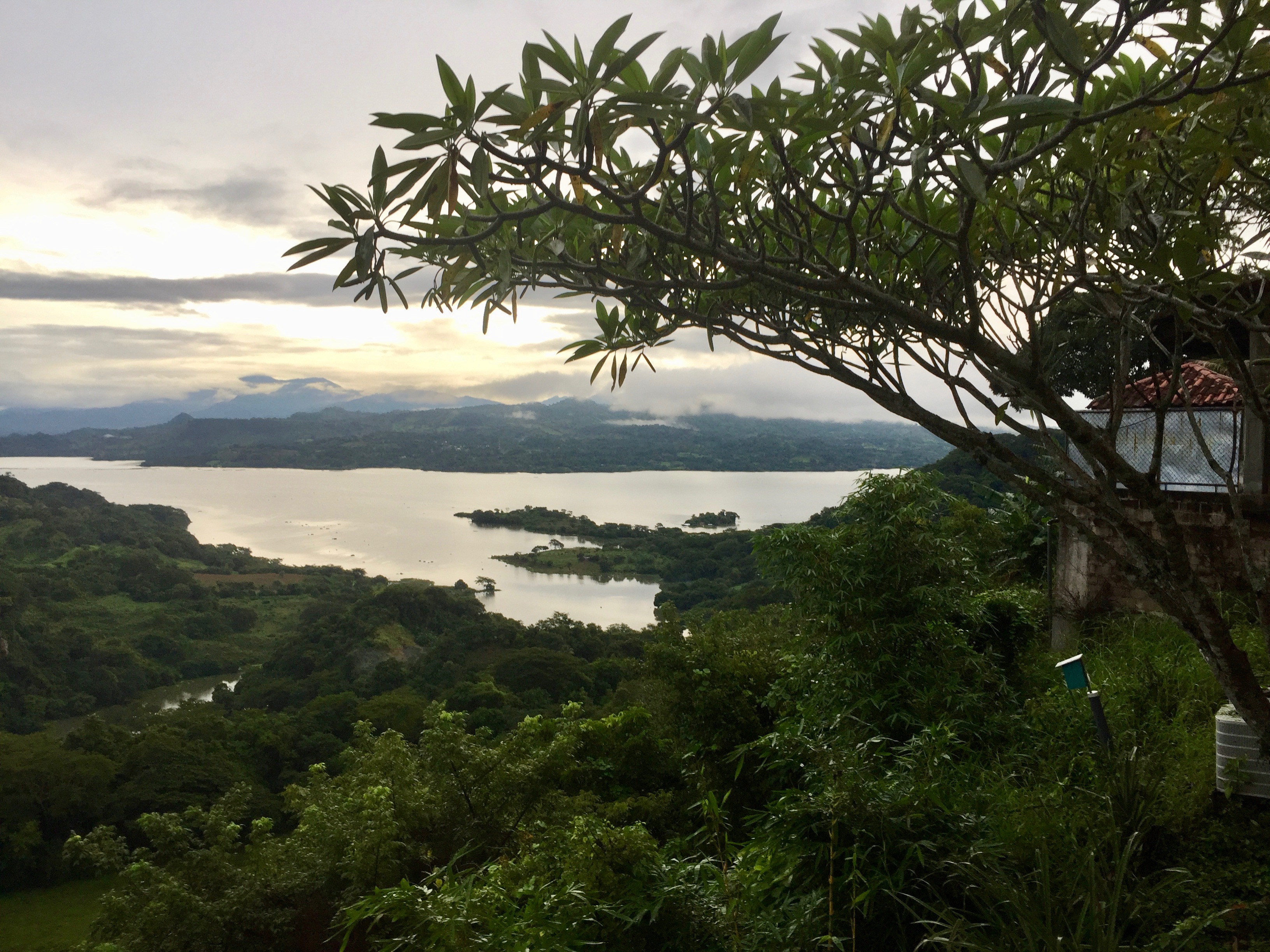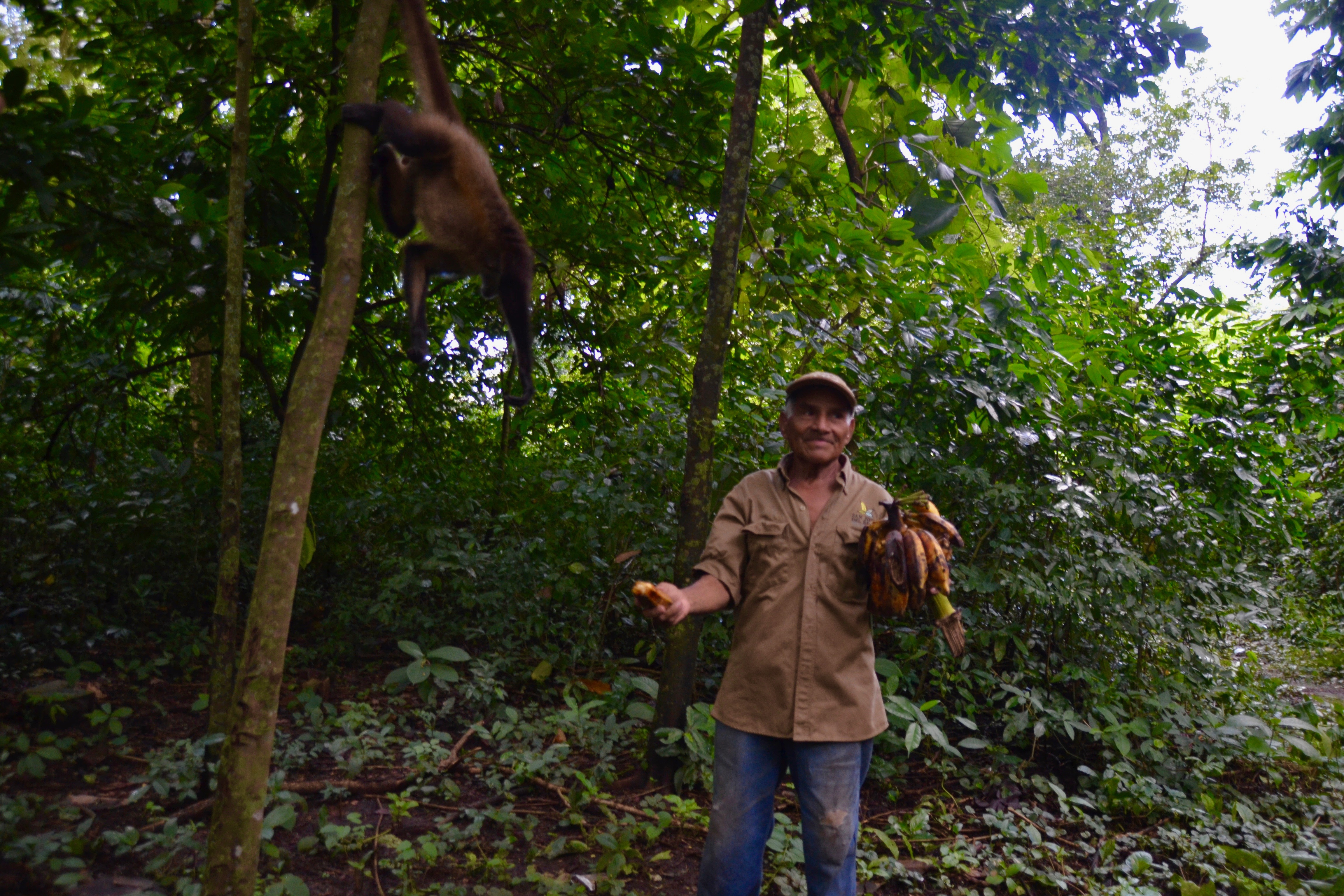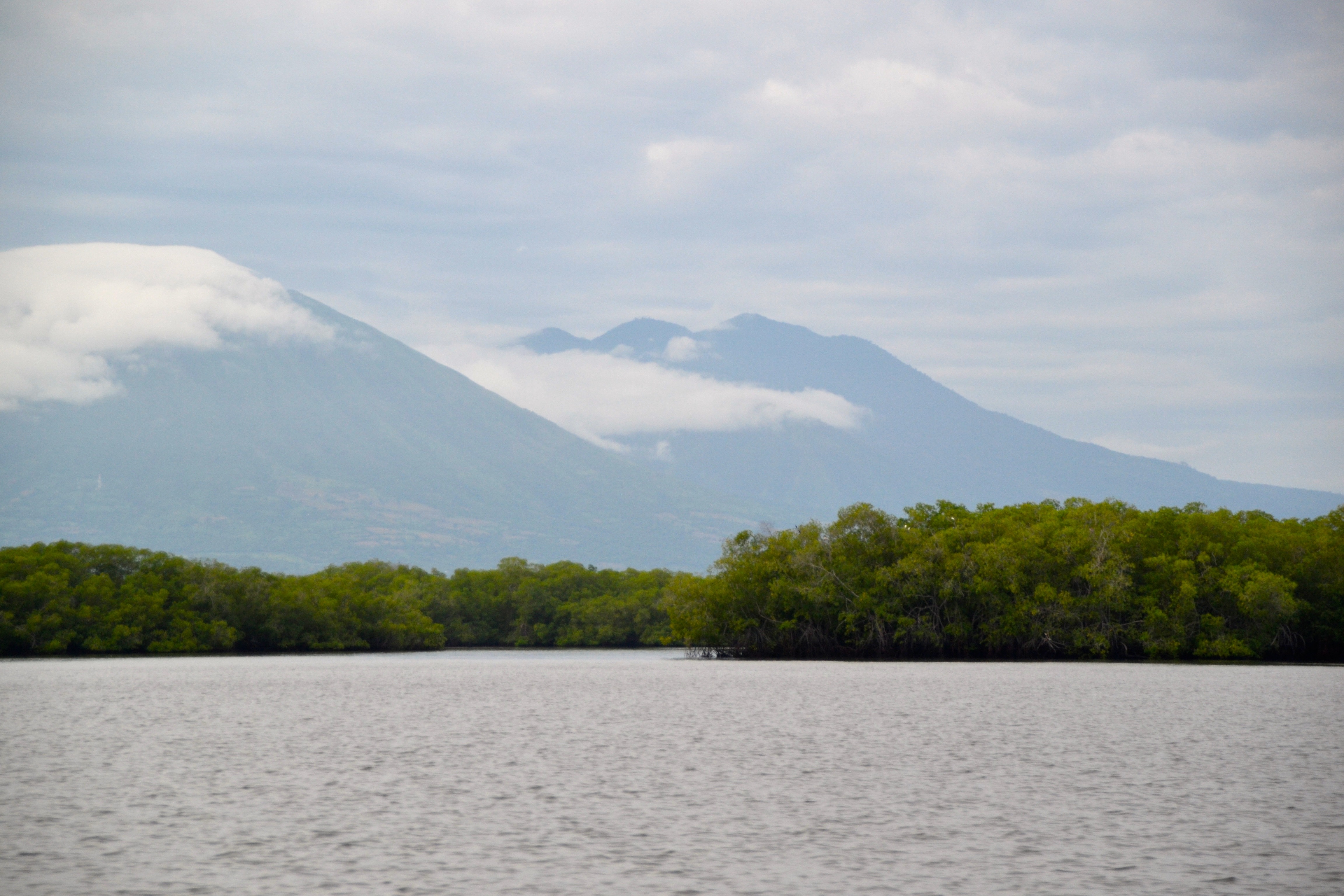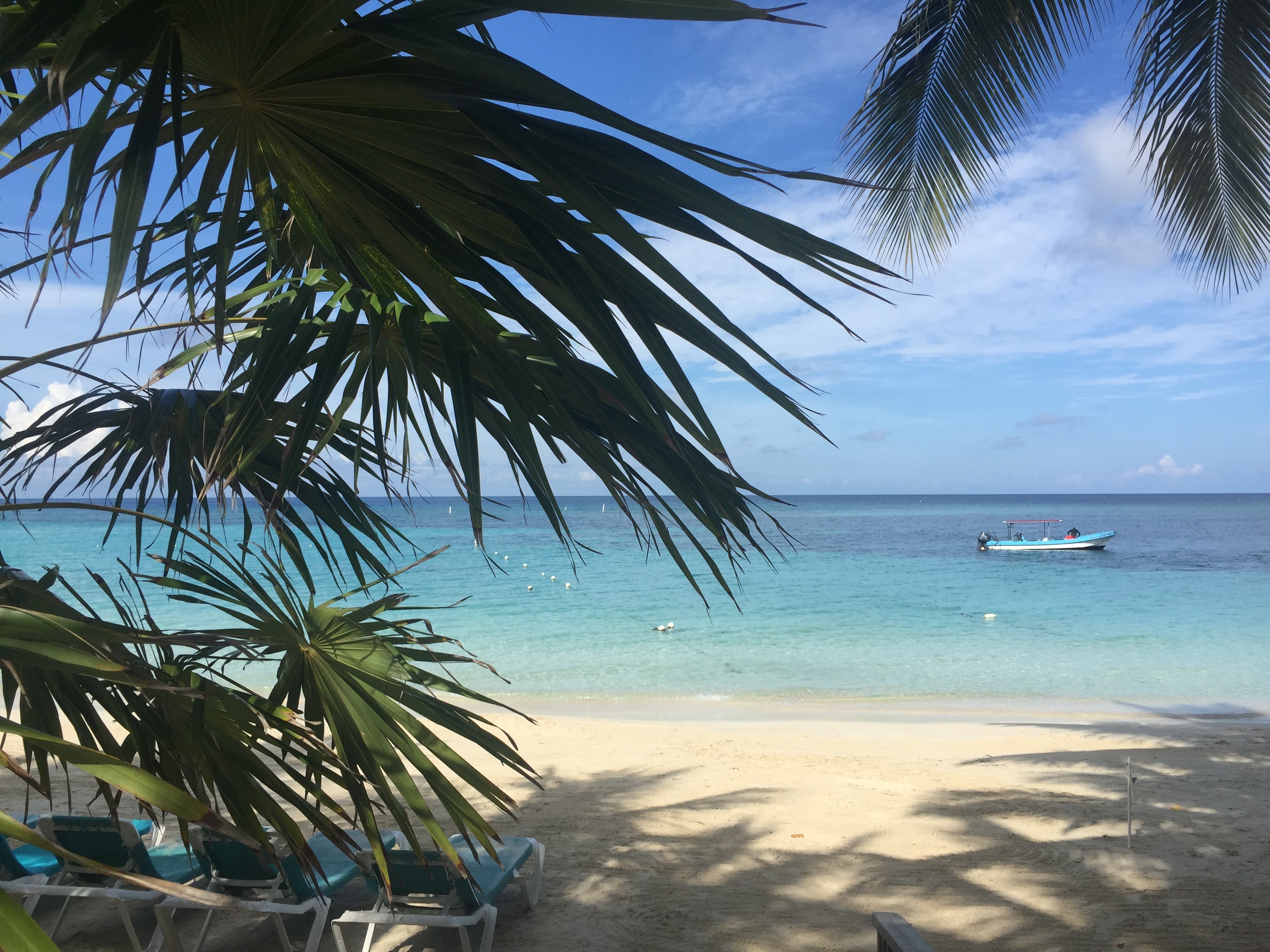
Breaking Travel News investigates: Multi-stop tourism in Central America
For the tourist, Central America has it all - stunning volcanic scenery, world-class beaches, trekking, natural wonders, archaeological sites, and culture by the bucket-load.
The Central American Tourism Agency is working to showcase this abundance, promoting multi-destination trips across two or more of the region’s countries to European markets.
As minister of tourism for El Salvador José Napoleón Duarte Durán told Breaking Travel News: “We are stronger working together.”
To facilitate the marketing of Central America as a multi-destination holiday option, CATA has worked with FEDECATUR to devise a catalogue of at least 50 products and attractions spread across the region.
It is available digitally and is in English.
As part of the efforts to promote the region, the second half of 2016 saw 97 press familiarisation trips, as traditional media from France, Germany, Spain, the United Kingdom, and the Netherlands were invited to experience Central America first hand - reaching a potential audience of 79 million readers across Europe.
CATA also worked together with influential bloggers from the region to sell the destination.
However, issues remain.
The most glaring from a UK standpoint, perhaps explaining some of the lack of tourist take-up from the market, is the absence of direct flights.
Guests must endure a gruelling 24-hour journey - simply too much for some visitors to contemplate.
Views over El Salvador from the town of Suchitoto
During my multi-stop visit, I headed to both El Salvador and the Honduran island of Roatán to see what’s in store for tourists in the region.
First up was El Salvador, one of the smaller Central American countries, but also one of the most populous.
With a volcanic landscape, diverse nature, world-class beaches, and an intriguing cultural history it makes for an exciting vacation destination.
Like much of Central America, the recent and current volcanic and tectonic movement of the land has created a diverse, often jagged, but rich landscape.
Dubbed ‘the valley of the hammocks’ because of the constant seismic movement, El Salvador can feel thousands of earth-quakes of varying intensity each year, my guide Roberto informs me.
Buildings are low level to allow for this, which makes the metropolitan centre of San Salvador a huge, sprawling metropolis, built into steep valleys.
Thankfully though, once you arrive in El Salvador, travel around the country is slightly easier than getting to it.
The roads are well maintained but still possess a mad-cap developing-country vibe, including the lax attitude towards seat belts.
An organised tour is therefore usually the best way to see the country.
There is a constant sense of being ‘off the beaten track’ in El Salvador, perhaps because there is yet a track to be on, and local knowledge can be invaluable.
Nature tourism is a big part of the offering in El Salvador
A visit to the small picturesque town of Suchitoto is an example of where the seeds of a thriving tourism industry have been sewn.
Already home to two boutique hotels – Lorenzo’s and El Tejado - the town’s highlight is the incredible view from the latter’s terrace restaurant.
Looking down on the valley to Lago Suchitlán, a man-made lake which played an important part in the civil war, guests can sip on the local drink,horchata.
Watching the birds and boats go about their business, I think to myself that this is exactly the kind of thing that El Salvador’s tourism industry needs more of.
Cash Crisis
Still in its infancy, the El Salvadorian tourism industry has all the raw ingredients to turn the country into one of the world’s most appealing locations.
The introduction of the US dollar as the national El Salvadorian currency at the turn of the millennium obliterated the middle class, however, and prices in many tourist locations to similar to what you would find in higher income countries.
Accommodation costs are also in line with more developed destinations, although cheaper hostels can be found along the more established costal surfing/back-packer route.
Safety is a hot topic for many of the Central American countries, though on my visit to El Salvador I felt comfortable and did not run into any trouble.
Though, this was perhaps due to the constant presence of a couple of armed tourism police, or Pulitur.
Mountains over Jiquilisco Bay in El Salvador
Outside of the city, the country doesn’t seem so populace, and a short journey through a plantain plantation takes us into thick rainforest, with huge trees and thick forestation.
We are out of the van for merely seconds before we’re joined by three spider monkeys swinging through the growth above.
Miguel Ángel Jiménez, a sun worn man of 86, appears with a large bunch of bruised looking plantain.
“Poncho! Poncho!” He shouts into the overgrowth while holding out one of the smaller fruits.
A cheeky faced monkey scurries down the narrow trunk of a tree and takes the fruit right out of Ángel’s hand.
We are in Hacienda La Carrera plantation, part of which has been set aside for the explicit use of the endangered spider monkeys.
Back in 1992, after the civil war, there were only three of the monkeys living in the area.
Under Ángel’s care there is now a thriving community of 25 adults.
I visited the monkey sanctuary as a day trip from Puerto Barillas Lodge which is set between the forest and estuary at Jiquilisco Bay, a nature reserve used by the endangered hawksbill sea turtles.
They have ten lodges nestled among the unspoiled rainforest and between coconut palms.
Bike tours, kayaking, boat trips, and sport fishing are all available from the complex which has its own pool and restaurant.
When in season, if you are lucky, you can watch their hatchlings’ first steps towards the sea.
Boat trips from the resort can be organised to the nearby Punta San Juan Island where the sand feels like velvet and the sea is warm and inviting.
There is a tranquillity to the whole area that is amplified by the quiet of the forest and the many volcanoes looming on the horizon.
The ruins of Cihuatán in El Salvador
El Salvador is also rich in archaeological sites.
You can see why the Mesoamerican people chose the site of Cihuatán in the department of Aguilares, just outside San Salvador, for the ceremonial centre of their city.
High up on the sacramental mound you can see for miles around.
Cihuatán means ‘next to women’ and sure enough, you can make out the sleeping figure of the women in the Guazapa mountain range nearby.
The city was only likely occupied for about a century (around 950 to 1200 AD) before it was destroyed by fire.
But plenty of well-preserved artefacts pertaining to the life of these people have been found at the site.
Unusually for Central America, you can also gain an insight into how the common pre-Hispanic people were living at Joya de Cer Joya de Cerén.
The remains of a town of 2,000 inhabitants have been preserved in the ashes of Laguna Caldera Volcano since AD600.
A UNESCO heritage site, the village was found with intact foundations; bamboo beams still intact and plenty of ceramic wear to fill a museum or two.
Its sobering to see the sanitary, irrigation systems, and building techniques that have lasted over fourteen hundred years.
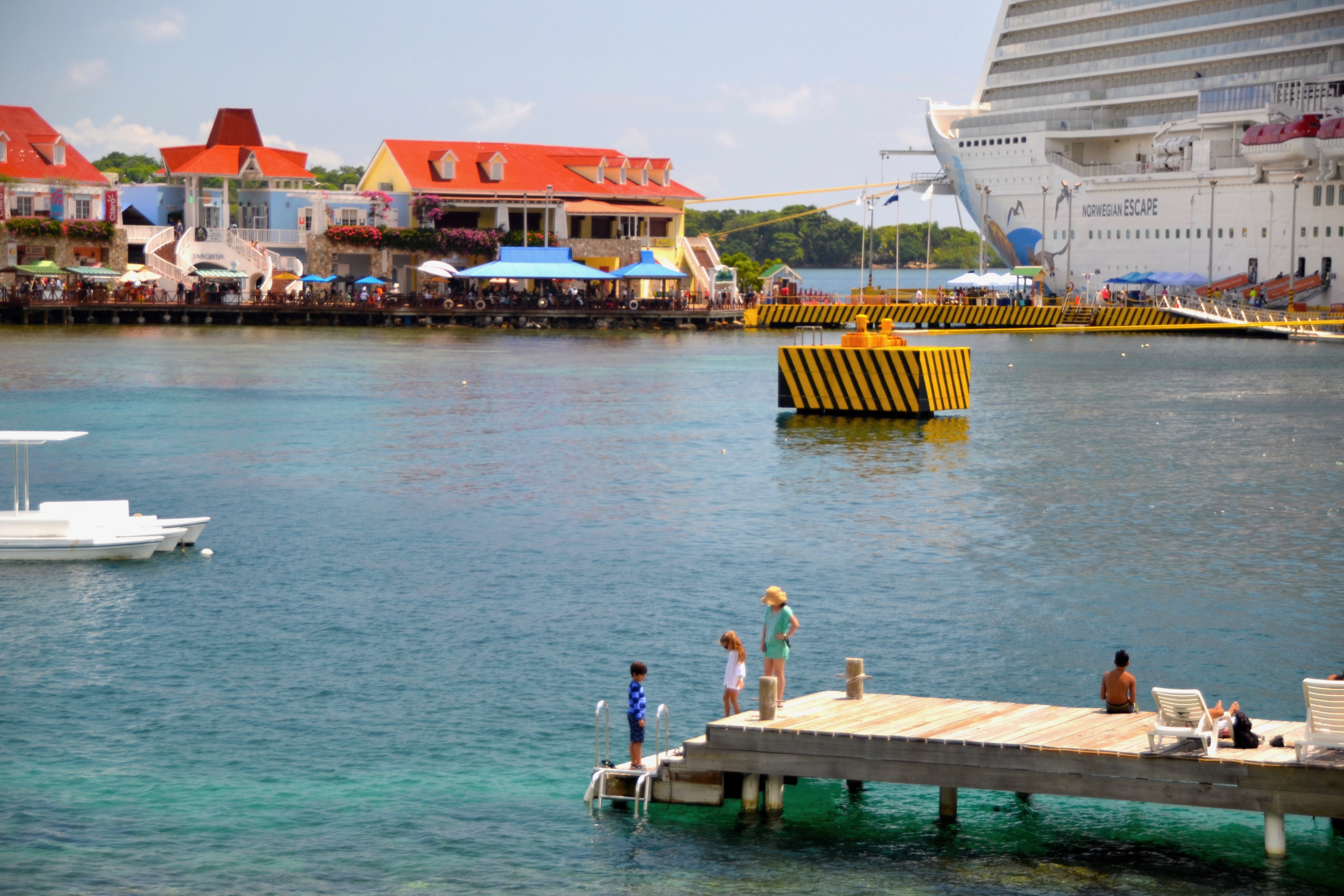
Roatán is a leading tourism destination in Hondouras
In contrast to El Salvador’s young tourism industry, the Honduran island of Roatán is a well-established vacation hotspot.
Firmly on the cruise ship route, standards of customer service are extremely high across the whole island, in keeping with American tourists’ expectations.
A beautiful island in the Caribbean Sea, Roatán is perfect for water sports and has lush tropical forest at its core.
It has soft, white sandy beaches and the Mesoamerican barrier reef, which stretches 560 miles from Mexico to Honduras, is just off shore and is ideal for diving and snorkelling.
There is only one road on Roatán which stretches from the east to the west of the island and its full of potholes, so once you’ve arrived at your beach-side location there is little reason to be traveling around by car.
As well as keeping the sea by the shore accommodatingly calm, Roatán’s reef acts as a colourful playground for a huge selection of marine life.
The people of Roatán take full advantage of the touristic potential of the reef - snorkelling, diving, or a trip in a glass bottom boats are just a few of the ways tourists can witness its beauty.
I visited in October, when the weather is a perfect 28-degrees,
While there is the occasional rainstorm, you’ll be back on the beach within half an hour.
The place is sometimes disconcertingly quiet – along the idyllic beachfront of West Bay, tastefully turned out hotels and condos are sitting almost empty.
The beaches pack out when the cruise ships come in, I am assured, but it still feels like I’m lucky to have the place to myself.
Similarly, Roatán has adopted the dollar in most of its tourist establishments – Honduran lempira can be spent but most prices are given in dollars primarily.
The cost of accommodation and food is in line with higher income countries, however standards are extremely high.
Roatán is not blighted by the gangs that operate on the mainland, but security is still taken seriously on the island.
Police patrol the beaches at night and the larger hotels all have their own security.
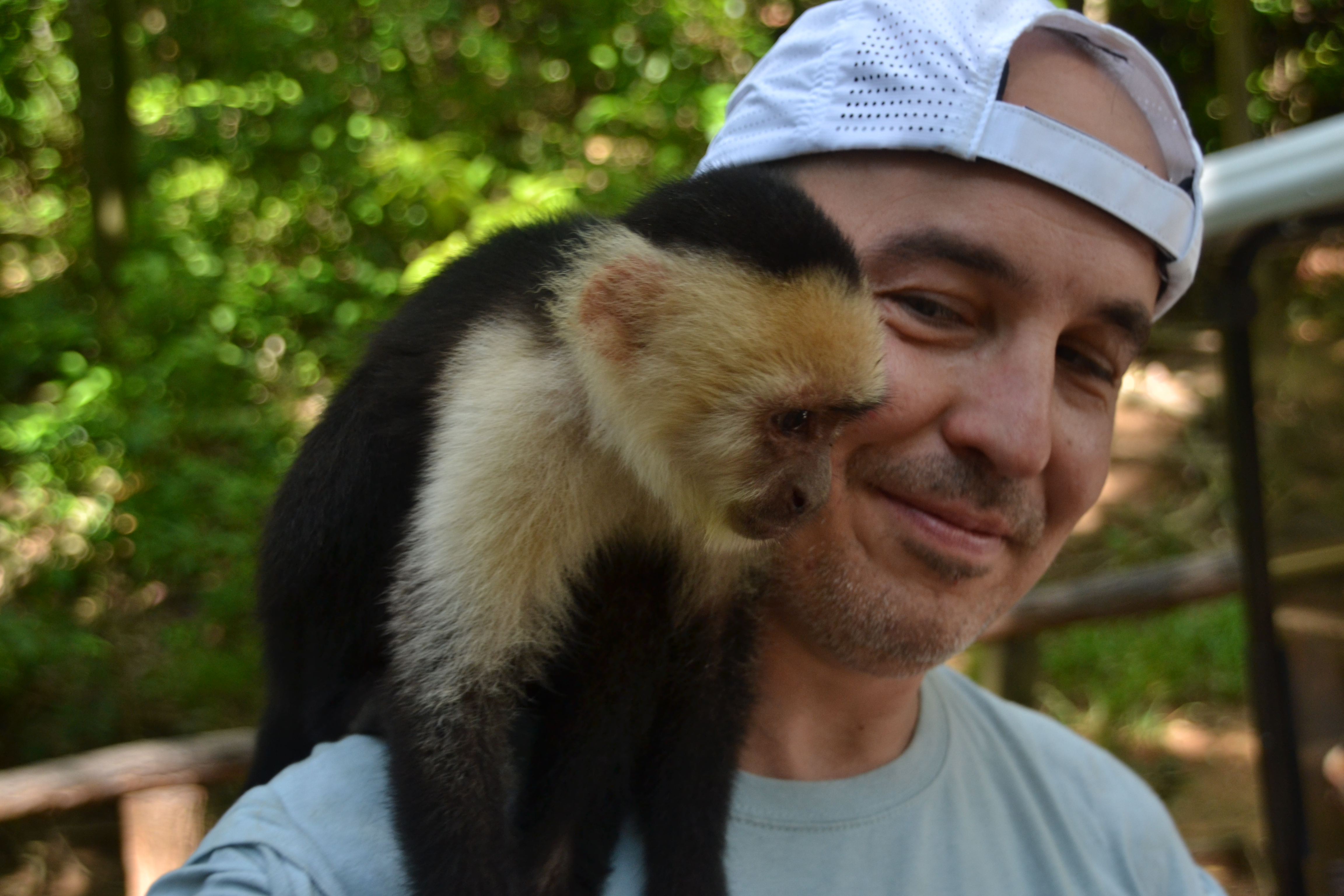
Heading out of the resorts, Gumbalimba park is one quick and simple way to experience some of the island’s animals.
The nature reserve is home to monkeys and exotic birds, including some very friendly macaws and the agoutis (or island rabbits).
Legend has it that Roatán got its name from pirates seeing the rat like agoutis and naming the island Rat Island, which eventually evolved into the ‘Roatán’ we use to this day.
Kid friendly, you can walk over the turtle lake, check out the iguanas, make friends with monkeys, and then zip wire through the lush rainforest - it’s a great day out.
Whereas El Salvador can be a little rough and ready, Roatán is sat on the other end of the spectrum; all my tourist needs are catered for, before I even know they were needs.
In combination, the two places made for an unforgettable vacation experience, and I can’t wait to return to Central America to see more of what is on offer.
More Information
The Central American Tourism Agency is the promotional agency for the seven Central America countries - Belize, Costa Rica, El Salvador, Guatemala, Honduras, Panama and Nicaragua.
Find out more on the official website.
Words and images: Eleanor Hawkins


